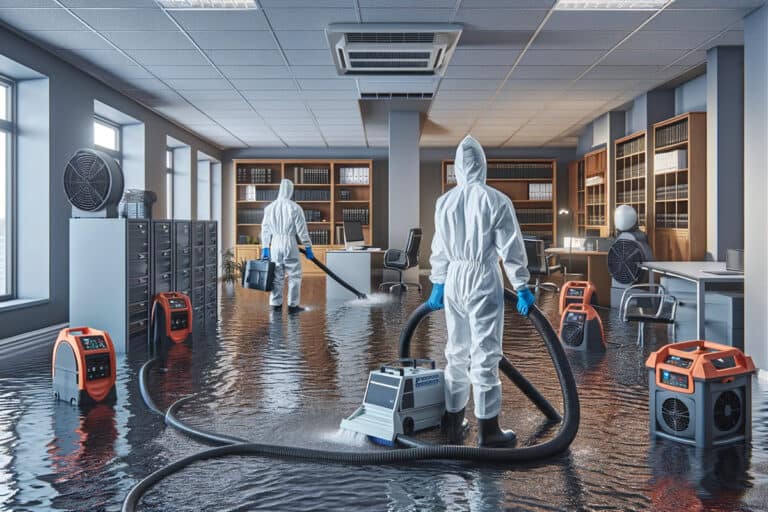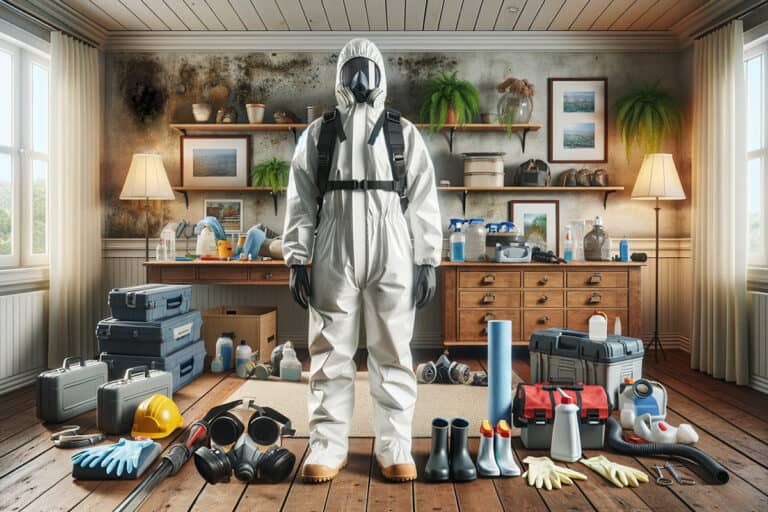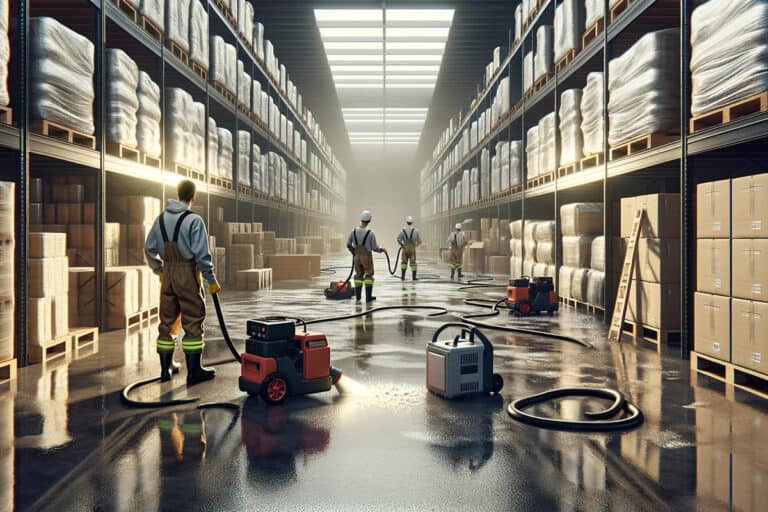Home Renovation After Water Damage: Turn Ruin into Opportunity
In the wake of water damage, a unique opportunity arises to not only restore but significantly improve your home. This comprehensive guide covers everything from the importance of professional assessments and selecting water-resistant materials to modernizing your space with energy-efficient solutions. Learn how to navigate the renovation process with confidence, making informed decisions that increase your home’s resilience, reduce energy costs, and ultimately, transform adversity into a beautifully renovated home that meets your needs and exceeds expectations.







